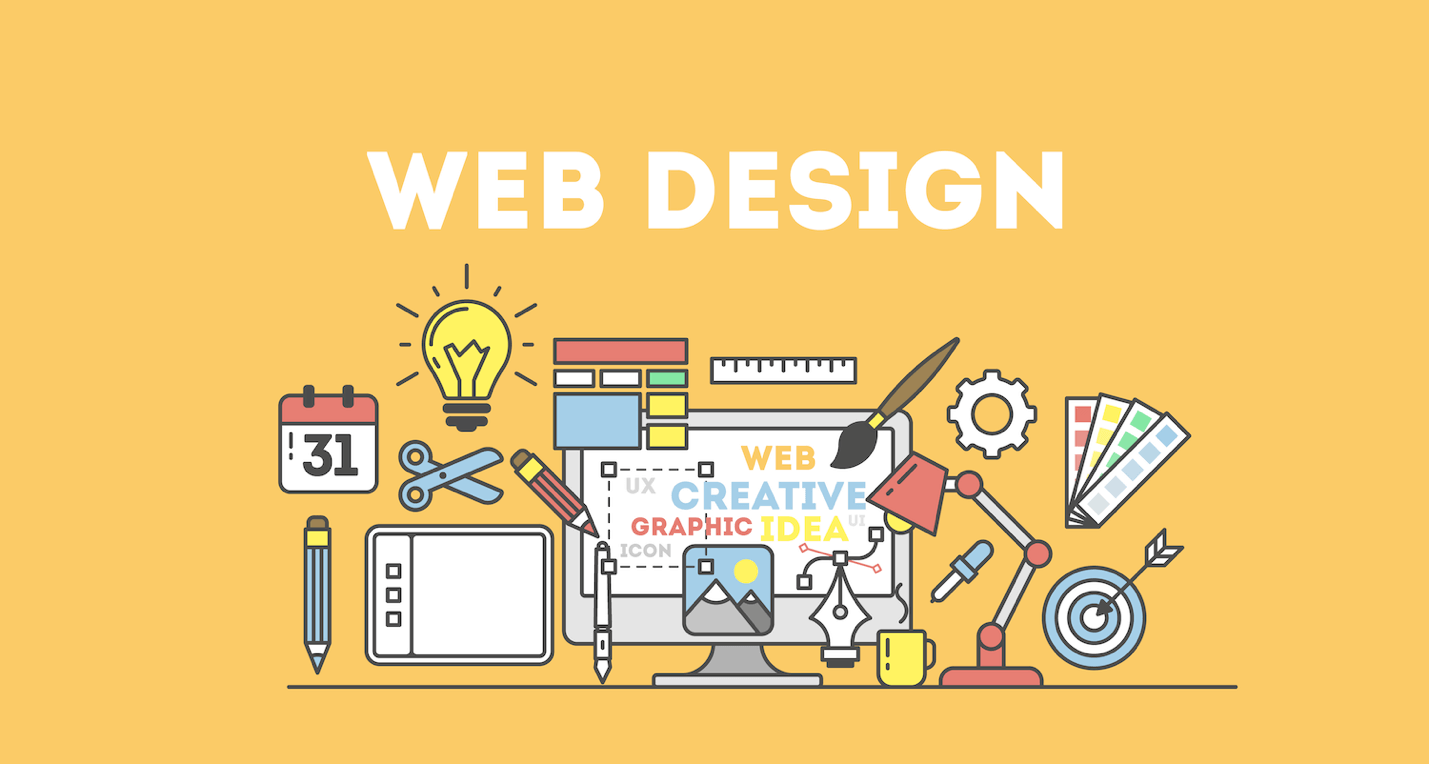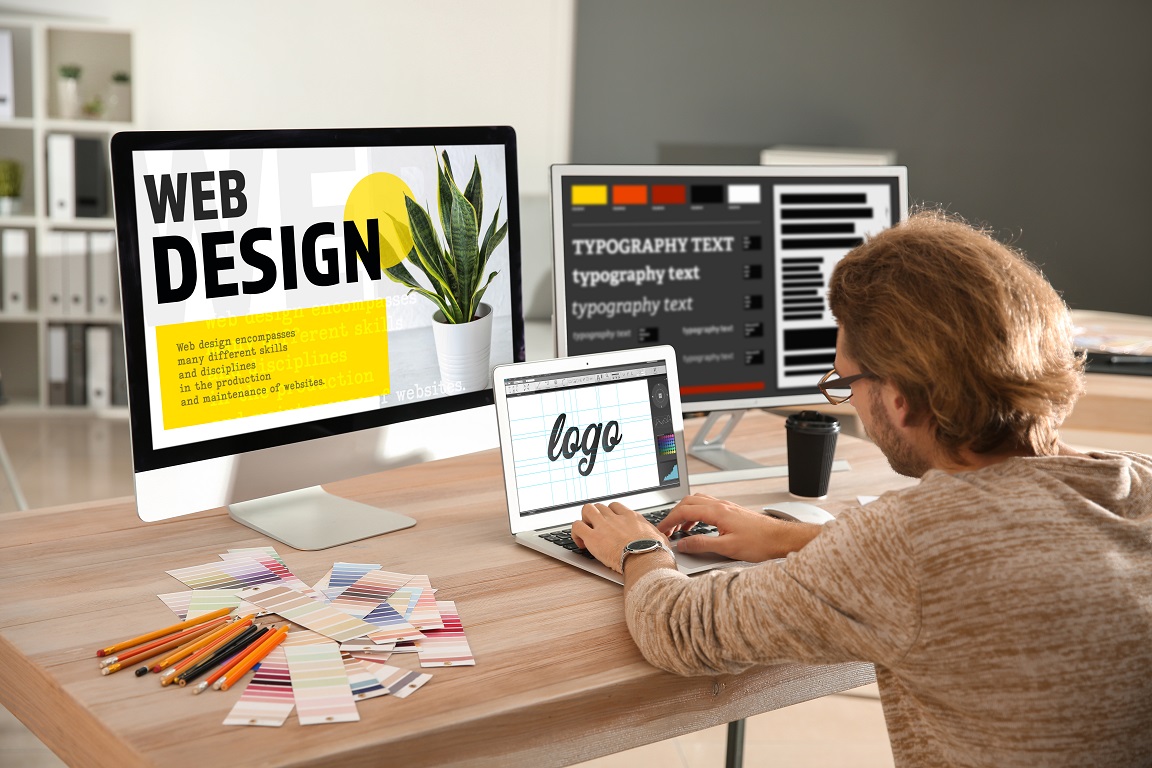Unwinding the Intricacies of Receptive Internet Style and Its Influence On Access and Functionality Across Various Devices
Responsive internet layout (RWD) has actually arised as a basic approach in developing digital experiences that are both available and functional across diverse devices. By incorporating methods such as liquid grids and CSS media inquiries, RWD not only improves individual engagement but additionally addresses crucial accessibility worries for individuals with specials needs.
Understanding Receptive Web Design
Receptive web style embodies the concept of versatility, ensuring that web sites provide an optimum viewing experience across a selection of tools and display sizes. This method employs flexible grids, designs, and photos, allowing the content to dynamically readjust based on the customer's tool. The surge of mobile internet use has actually made responsive design not simply a pattern, but a necessity for modern-day internet advancement.
At its core, receptive web design emphasizes fluidness and scalability. By utilizing CSS media inquiries, programmers can tailor designs to differing screen dimensions, ensuring that message remains legible and images are shown suitably. This technique fits the diverse variety of devices, from smart devices to huge desktop screens, promoting seamless navigating and interaction.
Additionally, responsive web design enhances user involvement by decreasing the requirement for too much zooming or horizontal scrolling, which can interfere with the customer experience. By focusing on access, companies can get to a wider audience, guaranteeing that all individuals, no matter of gadget, can access content properly. Inevitably, recognizing receptive website design is vital for creating internet sites that are not only visually appealing yet likewise functional and straightforward across varied platforms.

Trick Principles of RWD
Highlighting adaptability and user-centric layout, the essential concepts of receptive website design (RWD) focus on producing a smooth experience regardless of the gadget being utilized. One basic principle is fluid grids, which use loved one systems like percentages rather than dealt with measurements. This method guarantees that format elements adapt proportionally to differing screen dimensions, keeping visual coherence.
One more crucial concept is versatile photos and media, which resize within their including aspects. web design Johannesburg. By utilizing CSS methods such as max-width, developers can stop pictures from surpassing their moms and dad containers, ensuring that visuals stay sharp and suitably scaled across tools
Additionally, media queries play a pivotal duty in RWD, permitting designers to apply details CSS designs based on the characteristics of the tool, such as width, orientation, and elevation. This capacity enables customized experiences that improve usability and involvement.
Moreover, a mobile-first approach is increasingly preferred, where designs focus on smaller sized screens and gradually boost for larger tools. This principle not only maximizes performance however also attends to the expanding occurrence of mobile surfing. Collectively, these principles develop the foundation of responsive internet design, promoting a straightforward and adaptable electronic environment.

Impact on Accessibility
The integration of receptive internet design plays an essential role in enhancing access for all customers. By taking on a versatile design that adapts to varying display dimensions and positionings, responsive layout makes certain that material stays readable and quickly navigable despite the tool utilized. This adaptability is especially substantial for people with impairments, who might depend on assistive technologies that function better when material is structured responsively.
Furthermore, receptive website design reduces the chance of problems such as horizontal scrolling, which can prevent individuals with electric motor impairments or visual problems. By supplying a consistent user experience across tools, designers can prioritize access functions such as keyboard navigating and screen reader compatibility, enabling a much more inclusive electronic environment.
In addition, online search engine increasingly favor receptive layouts, which can enhance exposure for customers seeking obtainable content. Therefore, businesses and organizations view it now are encouraged to embrace these methods not just to abide by ease of access standards but also to reach a more comprehensive audience. Inevitably, receptive website design contributes in advertising fair accessibility to information and services across diverse individual groups, consequently cultivating a comprehensive digital landscape.
Functionality Across Tools

Furthermore, the efficiency of web applications can differ significantly across tools. Mobile phone typically have actually limited handling power and slower internet links, which can affect filling times and overall individual experience. It is crucial for designers to enhance pictures, manuscripts, and various other sources to guarantee that performance stays efficient and consistent, despite the gadget being utilized.
In addition, the format and framework of web content must adapt fluidly to different screen sizes to maintain usability. This adaptability not only enhances user engagement but additionally reduces aggravation, ultimately resulting in higher retention rates. In summary, focusing on capability throughout gadgets is necessary for producing a effective and inclusive internet visibility that accommodates the varied demands of users.
Best Practices for Implementation
Executing responsive web design properly calls for a critical strategy that prioritizes individual experience and availability. To accomplish this, begin by adopting a mobile-first design philosophy, which stresses developing an ideal experience for smaller screens before scaling up to bigger tools. This approach ensures that important content is focused on which functions are perfectly integrated.
Following, make use of liquid grids and adaptable formats. Use family member systems, such as percentages, instead than taken care of systems like pixels - web design Johannesburg. This adaptability permits content to resize dynamically based on the screen's measurements, improving usability throughout different devices
Moreover, include media inquiries to use certain CSS guidelines based on the attributes of the gadget, such as elevation, resolution, and size. This targeted strategy enables tailored experiences that accommodate the one-of-a-kind abilities of each device.
Furthermore, prioritize accessibility by ensuring that all interactive elements are conveniently navigable through touch or key-board. Apply semantic HTML to boost screen visitor compatibility and keep high comparison ratios for readability.
Final Thought
In verdict, receptive website design works as a fundamental component in creating easily accessible and useful electronic experiences throughout varied tools. By integrating fluid grids, flexible images, and CSS media inquiries, responsive style not just boosts customer involvement but also Web Site promotes equitable access to information for all individuals, including those with impairments. Adhering to finest methods in application makes sure that internet sites continue to be versatile, inevitably fostering a more inclusive digital environment that satisfies the varying needs of individuals.
Responsive web design (RWD) has emerged as an essential method in producing digital experiences that are both functional and accessible across diverse devices.Receptive internet design embodies the concept of flexibility, making sure that web sites give an optimum watching experience across a variety of devices and display dimensions.Stressing adaptability and user-centric style, the essential principles of receptive internet layout (RWD) rotate around producing a seamless experience regardless of the tool being utilized.Functionality throughout gadgets is an essential consideration in internet style, as individuals involve with web content with a variety of systems, including smart devices, desktop computers, and tablet computers.In final thought, receptive internet design offers as a foundational component in producing useful and available electronic experiences across varied tools.
Comments on “Why Investing in Web Design Johannesburg Will Boost Your Digital Success”